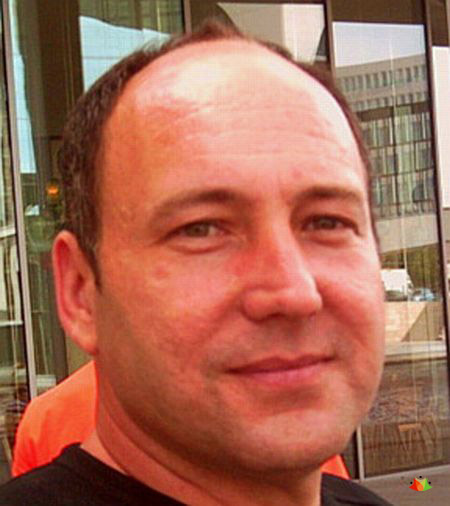
Ronen Kadushin is an owner and designer of Open Design, the first company to introduce an innovative design concept, centered on creative freedom, as its focus. The design plans of Open Design’s products are freely downloadable and can be copied, changed and produced, encouraging fellow designers to share their creativity and develop a design pool of quality products, much like with Open Source software. Ain’t it an innovative and of course an interesting idea?
I know you’ll agree with me at least after reading the following content,
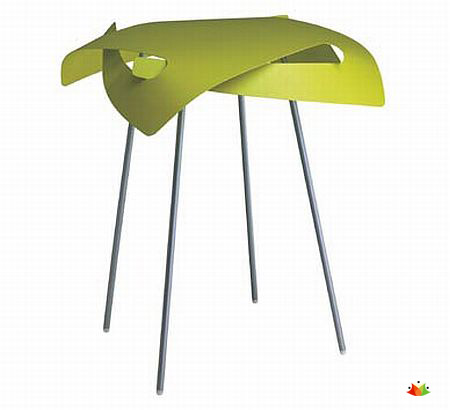
1. Ronen would you like to give us your brief biographical sketch?
Ronen: I was born in 1964 in Haifa, Israel, graduated with a B.A. in Industrial Design in 1991 from the Bezalal Academy in Jerusalem, and later on, a Master degree in design from Middlesex University in London. I design furniture, lighting and accessories, either with companies or self produced. I’ve been a design teacher as long as I’ve been a designer, and taught creativity and furniture design in Israeli design academies and colleges. I moved to Berlin in 2005. I design and produce for my company Open Design, and design furniture with some companies. I teach design at the Universitat der Kunste.
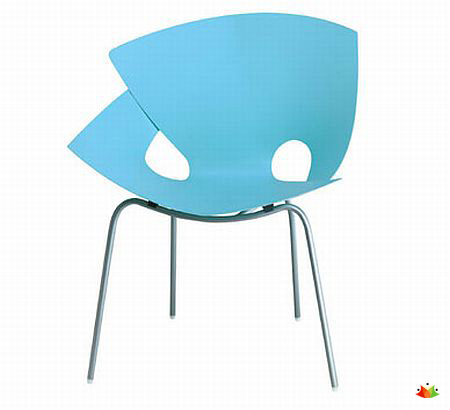
2. How and when did you conceive of Open Design?
Ronen: I developed this method as an M.A. thesis, so I had good knowledge about Open Source and thought of possible links to industrial design. I became aware that the way I design, with some modifications, could click in nicely. The thesis named ‘Open Design’ was published in 2004 and soon after I made a decision to try it in the real world. I moved to Berlin to start an Open Design business, and so far I enjoy seeing it grow steadily. It is an adventure.

3. Ronen, please make our readers aware of the concept behind Thinology?
Ronen: I was experimenting with forcing by hand a precise cutout of sheet metal to form a three-dimensional object.
I force the sheet up to a certain shape, while it does not break or ‘forget’ its flat origin. The object has both two and three-dimensional qualities, you can see how it became that way.
4. Your majority of the work whether it be Lighting or Thinology makes use of laser, any special affinity with it?
Ronen: Obviously! You get precise results, it is scalable, not expensive, and available everywhere, easy to design for, and its simplicity is challenging.
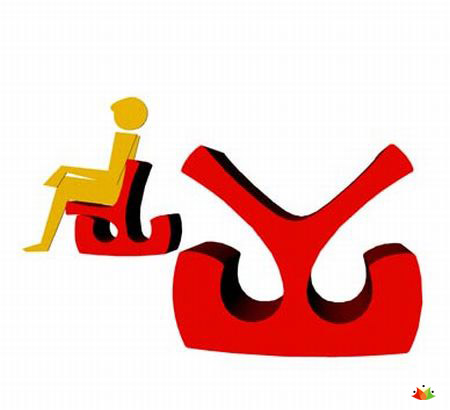
5. What is the practical application of your designs especially that is made up of foam?
Ronen: To make Oneliner PU foam chair, I email a file to a producer and receive the finished product. I thought of using an industrial CNC foam saw the same way I use a printer. The company that produced it does packaging, but their machine can produce a chair or anything else. The scenario of designing and producing this way has more significance than the chair itself, although I had a lot of fun with this project.

6. How are you able to close a creativity gap between product design and other fields (music, graphic design, animation and photography)?
Ronen: There is a problem with industrial design as a form of realizing creativity; companies (producers and manufactures), for their own reasons, are in control of the output. They are the gatekeepers of design creativity, while in other fields, thanks to digital technology, software and Internet, realizing creativity became inclusive for all, designers or not. There is an explosion of creativity in these fields where output is digital information.
Industrial design, where the output is material, is left behind. So Open Design tries to join in as an alternative.
In Open Design, the design is fully represented as digital information, compatible with a chosen CNC production method (from your printer to laser cutting, up to rapid prototyping).
And once a design is digital information I chose to link it with a truly admirable phenomenon: The Open Source software method. Open designs are freely downloadable and under a Creative Commons license, they can be published, distributed, copied and modified. This means that every technically conforming design is continuously available for production, in any number, with no tooling investment, anywhere and by anyone. It frees a designer to pursue creative expressions, realize them as products and have the ability to distribute design globally. It can create an equal environment for communication between designers, producers, retailers, and consumers.
This method raises, of course, a lot of questions about copyrights, new business logic and product range possibilities, but to answer them I have to go ahead with it. It’s only the beginning, but I feel that Open Design is in tune with the forward looking and positive aspects of culture. Personally, I enjoy designing and producing this way, whatever I do.

7. You have worked for various firms in the field of furniture and office furniture design, have taught furniture design at the Bezalel Academy of Art and Design, Jerusalem (1997-8) not to miss the several awards that you have won in the same genre, So you’ve kind of been at the cutting edge of design from the beginning?
Ronen: I guess so. I think being a design teacher has a lot to do with it. It directs you there. I have to answer basic questions about design and designing, so they often take the shape of products.
8. What is the future of Open Design and where do you see yourself, let’s say five years down the line?
Ronen: It’s all an adventure for me. I’ll have to wait and see.
9. Any words of wisdom, you’d like to leave for our readers?
Ronen: Be generous.

Rapid fire questions:
Describe yourself in one word?
Ronen: Optimistic.
What music is on your mp3 player?
Ronen: A lot of everything, lately I listen to Radiohead, Beck, and late 60’s bands.
How would you label/categorize your work?
Ronen: Simple and clever.
Do you have a signature style? If yes, what are the hallmarks of your style?
Ronen: I work hard to make my designs appear effortless.
What’s next?
Ronen: More work 🙂
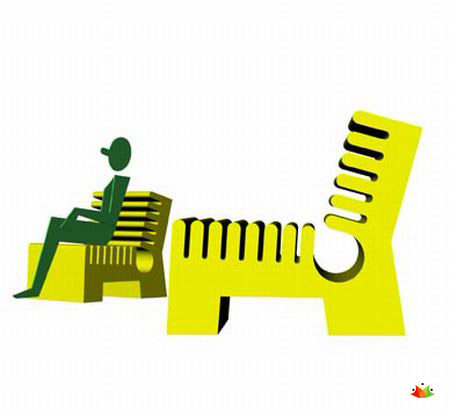
Thank you Ronen for sparing out time in doing an interview with us, it is greatly appreciated. I’d also like to wish you luck for all your future endeavors.

